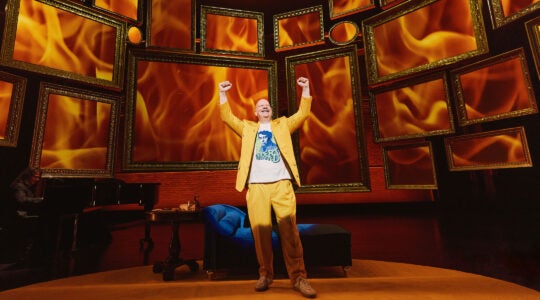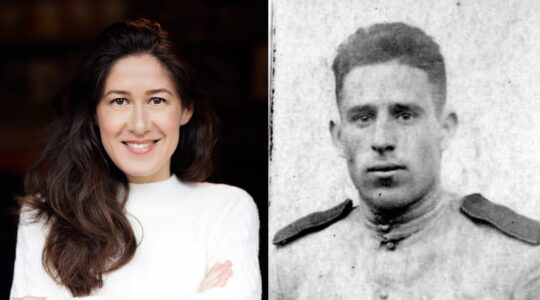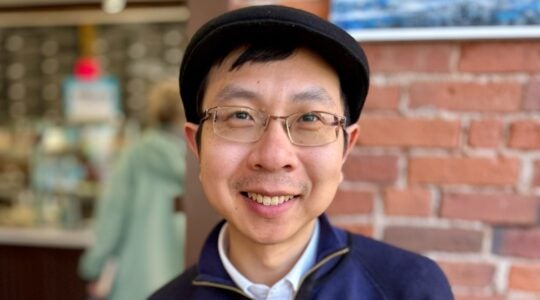When we celebrate Shavuot in two weeks, we’ll commemorate the giving of the law on Mount Sinai. Our synagogues are the places we go throughout the year to continue to find echoes of that revelation. But transcendence aside, we also seek out synagogues for community, ritual, learning and shared history — and in some places, the trademark shul with a pool.
I enjoy walking around New York’s Lower East Side and encountering synagogues and their stories; some of the buildings are former churches, and some former synagogues now serve as churches, galleries and homes. While the buildings are rooted in Manhattan soil, the architectural and spiritual influences are eclectic and international.
Thanks to our distinguished contributors who take us into synagogues, and inspire us to linger awhile. As of this writing, Eric M. Meyers of Duke University is in the southern Galilee at the archeological dig at Sepphoris, where an ancient synagogue has been uncovered. He reports here on what work at various sites reveals about the oldest synagogues. Focusing on more recent times, Adam Kirsch surveys American synagogue history and Rabbi Dan Judson describes the phenomenon of “mushroom” synagogues in the first decades of the 20th century.
Rabbi Dianne Esses, the first (and still only) woman from the Syrian community in Brooklyn to become a rabbi, describes her participation in a local shul as a daughter of the community and rabbi. Rabbi Leon Morris looks at the idea of minyan and membership in the Jewish community, and Stuart Schoffman reflects on his journey from shuls in Brooklyn to Jerusalem. Gary Rosenblatt revisits the small-town synagogue where his father served as rabbi. Jerome Chanes’ journal survey begins with the very meaning of the word, and Samuel D. Gruber uncovers a gem of a synagogue in Brooklyn.
In 2006, when artist Jane Trigére heard that the Ohav Sholaum Synagogue in the Inwood section of Manhattan had closed, she gathered up some of the objects that had been left behind — including homemade colorful cushions on the pews in the women’s balcony, each marking the seat of one of the German-Jewish members. She learned that even when a woman died, her cushion remained to hold her place. Trigére re-used the fabric in a series of artworks, including the sculpture on the cover, and the work at the left, representing the upstairs and downstairs of this shul — with flowery textiles above and strips from prayer shawls below — and the interdependence of the women and men. In her work, Trigére (trigere.com) seeks to honor the Jewish women who fashioned fabric remnants from their lives into works of beauty for their synagogue.
Andrea Strongwater (astrongwater.com) paints, among other things, synagogues. Inspired by a book of vintage postcards, she began researching and painting European synagogue buildings that were destroyed by the Nazis (see pages 4, 8, 9, 13). Her goal is to bring those synagogues back to life, to provide testimony of the life that came before in communities across Europe. So far, she has done 101 paintings and says that it would take a lifetime of painting to cover all of the lost buildings. She is now at work on a book, featuring her paintings and her research; a sample is on view at Bagels & Co., 393 Amsterdam Ave at 79th Street, in Manhattan.
Have a meaningful and lovely Shavuot. Thanks for being part of our congregation of readers, and please keep writing — tell us about your synagogue adventures.
Editor.textcontext@gmail.com.
The New York Jewish Week brings you the stories behind the headlines, keeping you connected to Jewish life in New York. Help sustain the reporting you trust by donating today.




